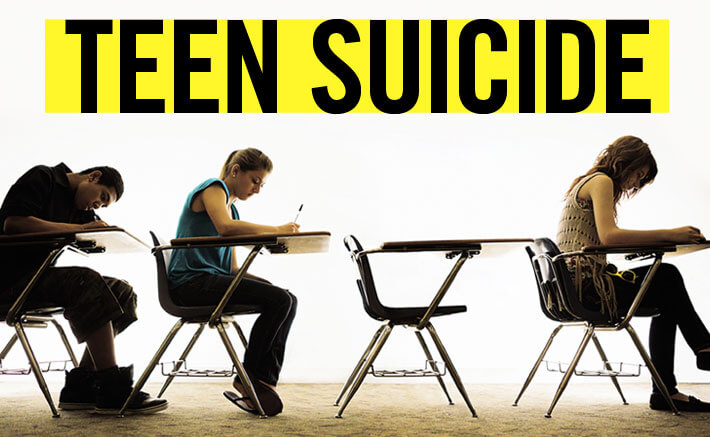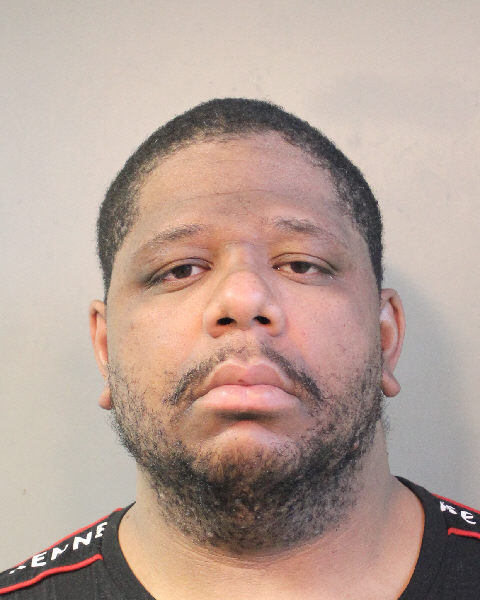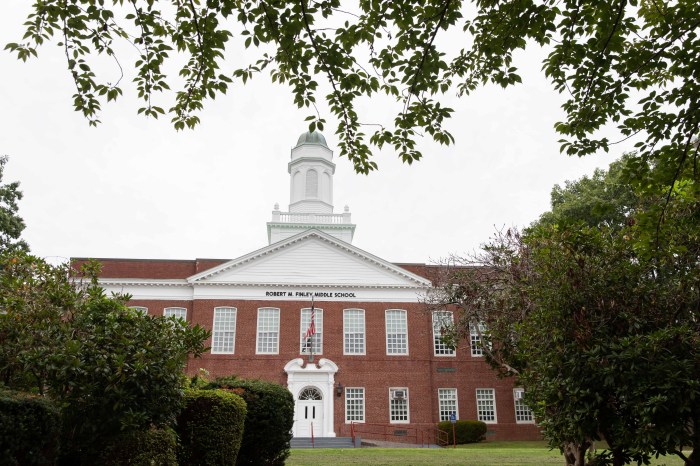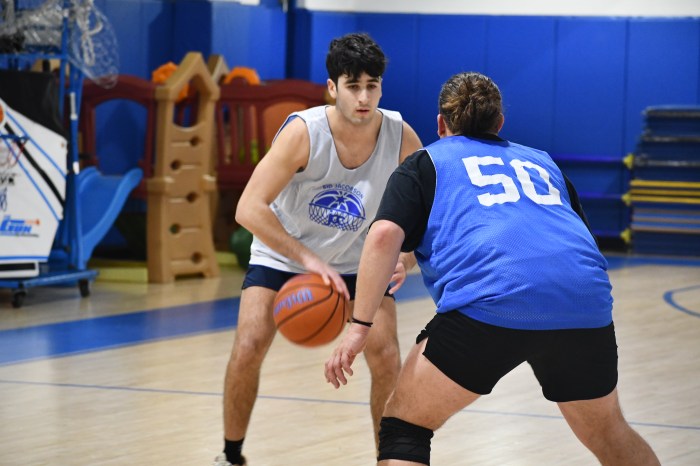CONSTANT REMINDERS
Comsewogue High School’s programs mirror more of a movement than a chapter in a health textbook, with student involvement being the driving force.
“Schools don’t change until the students decide to change them,” reads purple bracelets sported by students and faculty walking around the school.
The mantra, originally proposed by a student, represents a school-wide commitment by its student body. They’ve implemented programs aiming to bring attention to depression, bullying, acceptance and suicide prevention—four subjects the district sees as going hand-in-hand.
This shift in dynamics has had teachers from other districts at conferences asking, “‘How do you get them to do that?’” says Clarissa Porello, a guidance counselor at Comeswogue.
While the district has not been faced with a student suicide in several years, Joe Pifko, a counselor and social worker at Comsewogue, decided to spread the message to students each month using the creativity of both faculty and peers.
“Once it is out of sight, it loses focus,” says Pifko. “Assemblies and one-time events are great for getting info out to students, but it will not change the culture of the school. Through incorporating it into curriculum and making it multifaceted, you can.”
Pifko researched suicide prevention and anti-bullying for months before implementing any programs, conferring with the school’s two anti-bullying clubs for help.
“Every 38 minutes, a person between ages 10 and 17 commits suicide,” blares a student’s voice from the loudspeaker while everyone walks to their next class on a day in January dedicated to suicide awareness. Ten students dressed in black T-shirts that read “Victim” in tape were among those bustling through the halls. The figure represents the number of young adults lost to suicide in a school day nationwide. Each student took an oath of silence for the day, not even verbally communicating with teachers—all to stress the importance of human life.
Pifko, who gave classroom presentations on bullying and suicide awareness last October, felt it was critical for faculty to be just as educated as students on the issue.
“It is crucial that they care about the emotional well-being of the students,” he says. “It is said that students don’t care how much you know, until they know how much you care.”
The faculty underwent training on signs of bullying and suicide. In February, the school encouraged different departments to incorporate awareness about both issues into their curriculum. The English department, for example, worked on an activity that evaluated the tone of words and their impact, whereas the social studies department did a lesson on labels and the effect they have on the way students are treated.
The school’s efforts have been effective—evident, says Comsewogue’s Director of Guidance Michael Mosca, in the amount of students seeking referrals for further help with issues such as suicidal thoughts.
“People are coming forward [to get help] now when they haven’t in years past,” he says. “This is not because it is becoming a problem, but because they now know how to get themselves or their friends help.”
And awareness isn’t just limited to inside the school walls. Every Sunday the superintendent sends out a recorded message to the entire community and during this time, a student reads a statistic on bullying or suicide. The school held a presentation for parents, similar to the one given to students.
To one of its programs, Comsewogue also invited Paula Pilkington, of West Islip, whose 17-year-old daughter’s suicide two years ago drew national media attention.

































